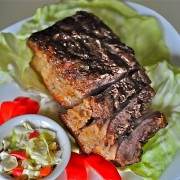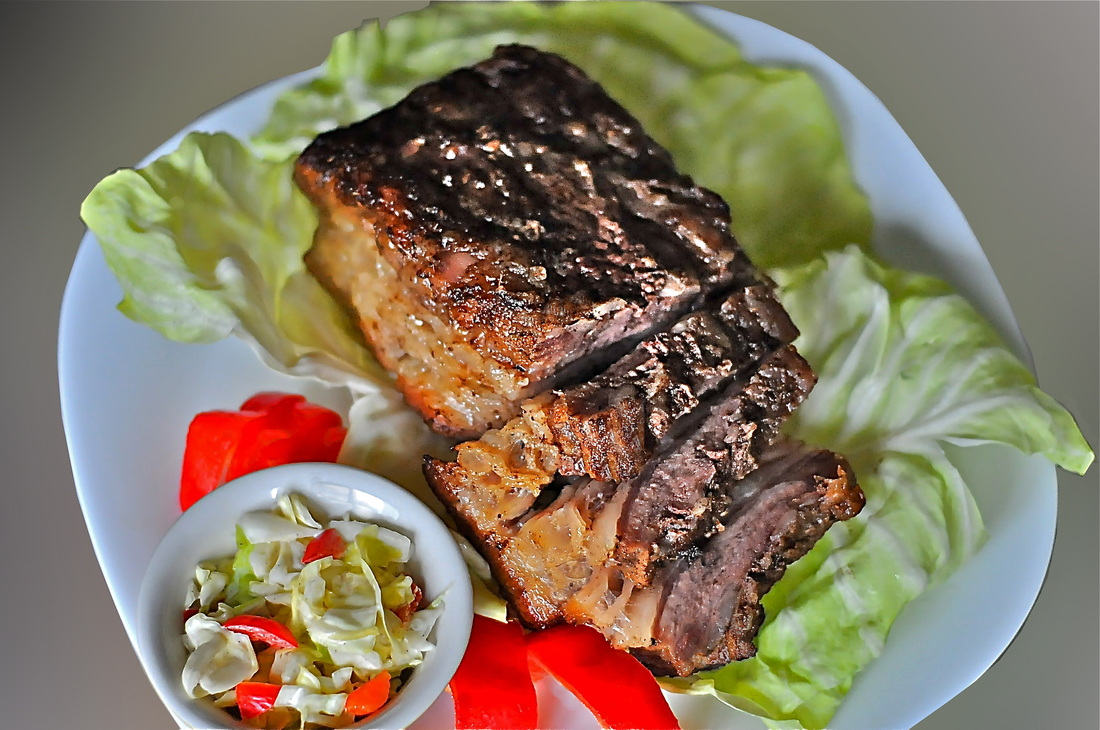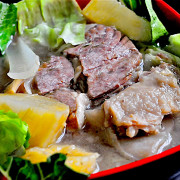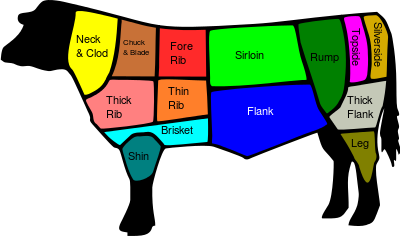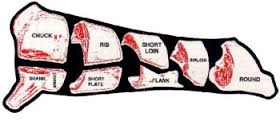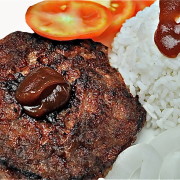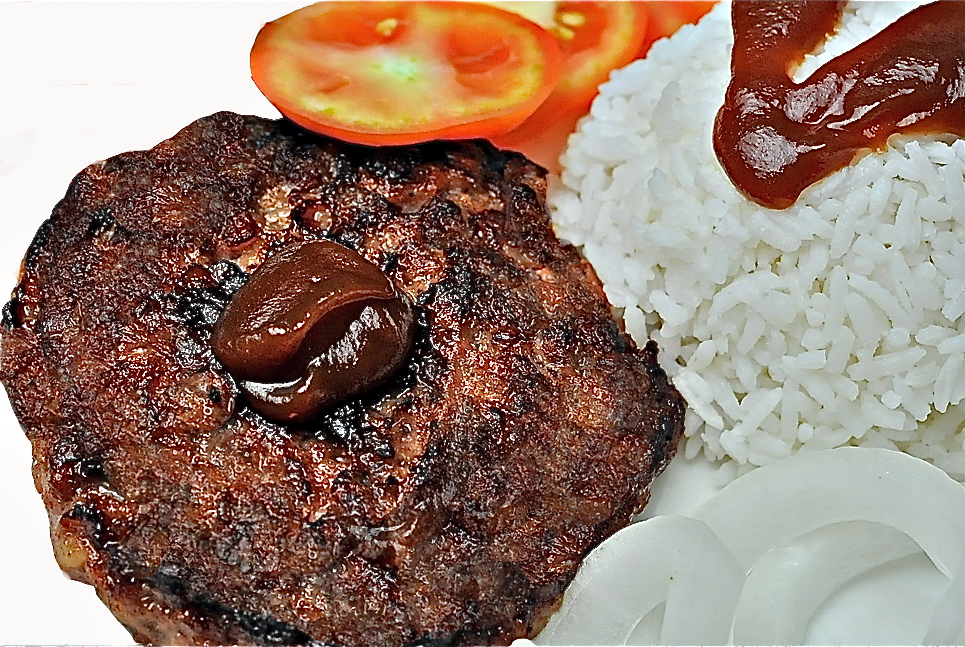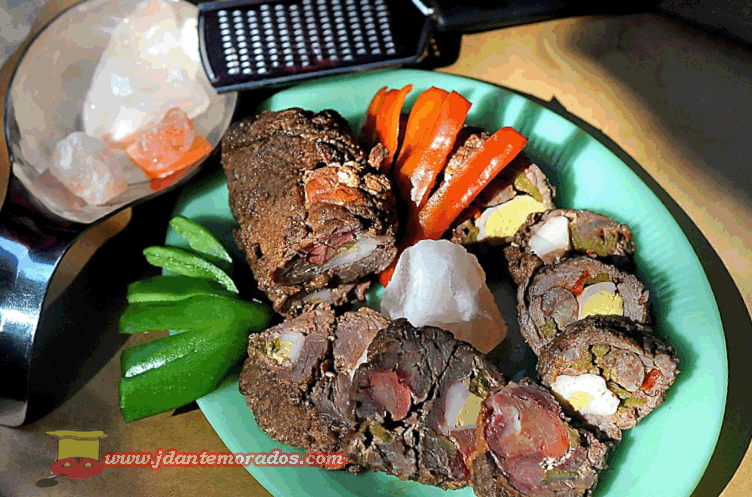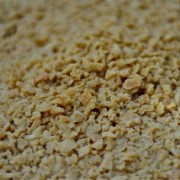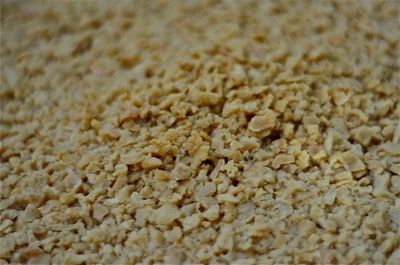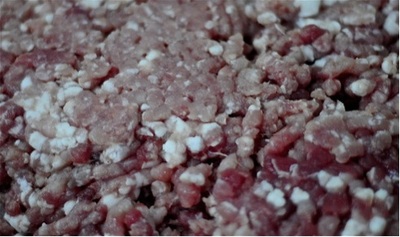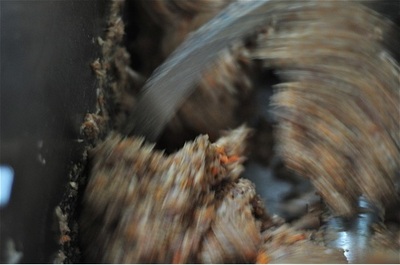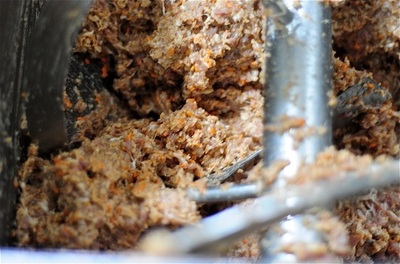Italian Roasted Short Plate
(ULTRA TENDER ITALIAN SPICES & HERBS BLEND RUBBED
BEEF SHORT PLATE UNDER PERFECTLY-TIMED ROASTING )
Sunday, 12th October, 2014, BGC (Bonifacio Global City-Taguig),
time to help daughter Cha for her coming wedding invites’ prep.
Kids are dropping by, too, so I asked…
”what would you guys like I prepare”?
In one solid voice…”beef”.
Sequestered a take-out pack of the U.S. corned beef chunks
we sell at commissary outlet.
Raided production freezer and got a kilo of
raw, masterfully sliced short plate lying serenely thereat
waiting to be produced into steak strips for our S4 sandwiches.
Cha has a cabinet full of powder/ground spices, herbs, condiments and flavor enhancers
that aided a lot me in the “challenge”.
We parted ways late night-kids full and gleaming with joy
and reverberating satisfaction.
Here’s what I did.
Prep time: 45 mins.
Cook time: 2 hours
Total time: 2 hours 45 mins.
Makes/Serves: 8
Cooking medium: gas or electric range
Special needs / instruction(s): foil, oil brush, range pan underneath with water ¼ of its depth, bowl and wire whisk
INGREDIENTS:
1 kilo thawed beef short plate, de-skinned, rectangularly or squarely sliced, trimmings on sides removed,
scored/slitted against the grain on both sides
ITALIAN RUB:
10 grams salt
10 grams brown sugar
5 grams ground black pepper
3 grams Spanish paprika powder
5 grams garlic powder
5 grams nutmeg powder
4 grams dried thyme
OPTIONAL 3 grams MSG
50 ml. EVOO (Extra Virgin Olive Oil)
PROCEDURES:
1. Except for EVOO, in a bowl pour in ALL ground/powder ingredients of the Italian Rub.
Blend and tumble thoroughly via wire whisk.
2. Brush both sides of short plate with EVOO assuring inner parts of scores and slits are covered, too.
This will ensure adhesion of rub up to internal flesh for better flavor absorption.
3. Through hands pour in and scatter Italian Rub through the meat. Cover all sides, inside slits and sides.
4. Set aside under room temp for 30 minutes.
5. Pre-heat range oven to 375deg.F (190deg.C). This is needed as temp will drop to 320-350deg.F when meat is placed inside. Put pan with water underneath roasting rack.
6. Reaching 375deg.F, using the range’s wire rack, wedge in meat in middle slot (any side up). Quickly tone down temp to 350deg.F (so that heat will be maintained at this temp)
7. Sear meat for 15 minutes. On fast phase, remove-turn to other side-wedge unto oven-sear, again for 15 minutes.
8. When done, quickly remove from oven-wrap with foil making sure all sides are sealed-put back unto oven. Decrease temp to 250deg.F (121deg.C) and continue under this slow cooking method for 2 hours. No need to turn meat.
9. YOU ARE SET to serve this delectably-tender meat to loved ones.


